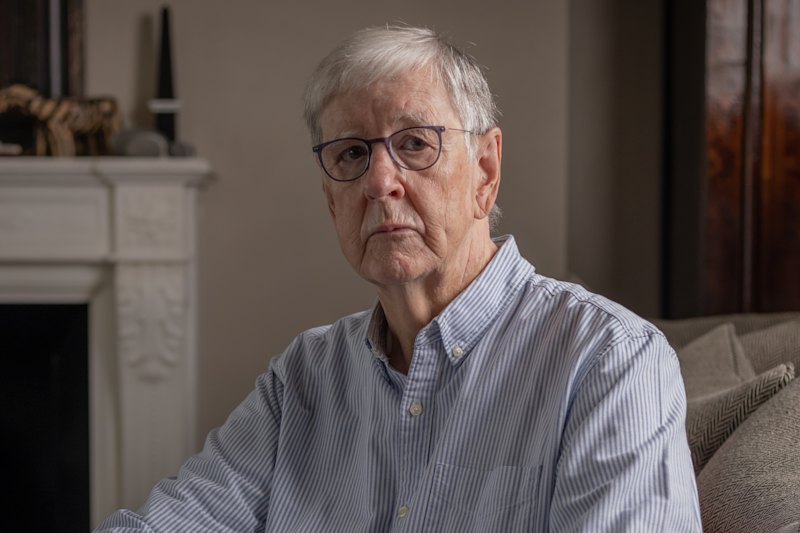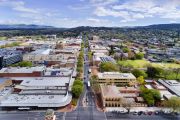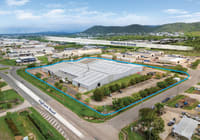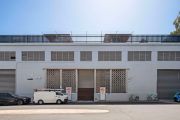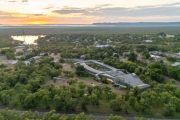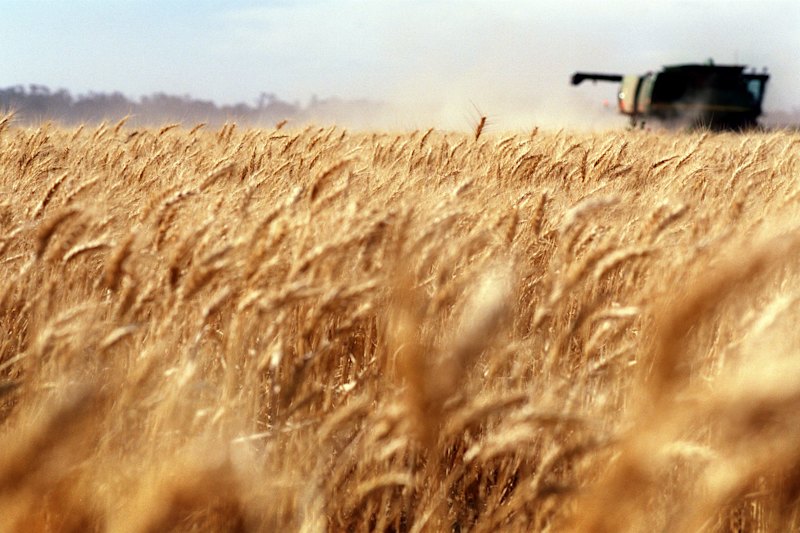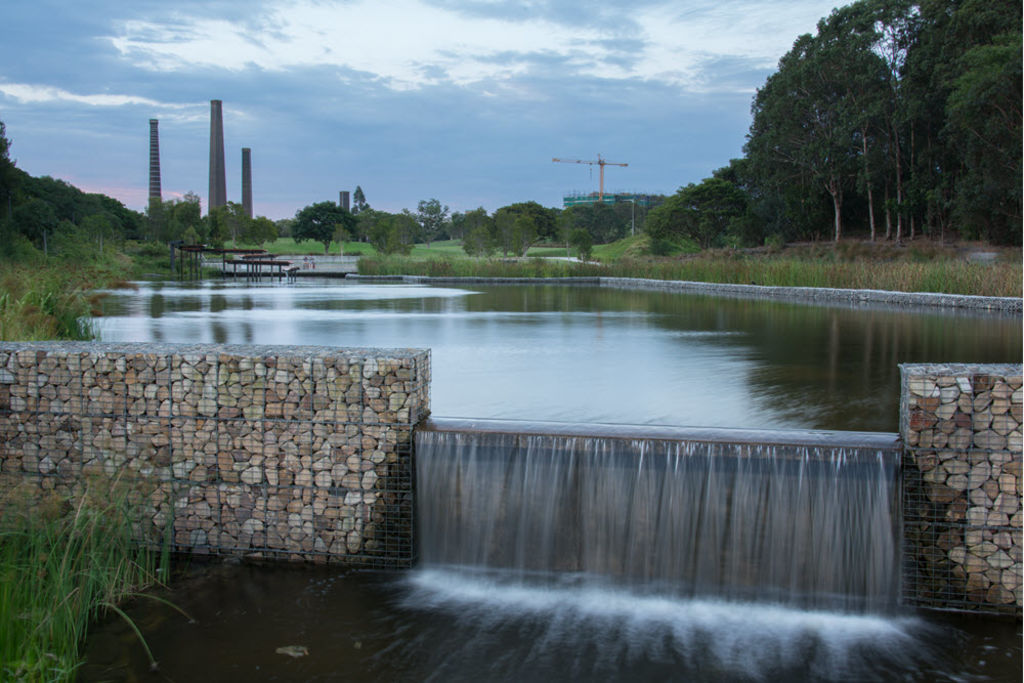
Sydney Park wins gong at Architizer A+ Awards in New York
A major Sydney park has won the top prize at one of the world’s most prestigious architecture awards programs, entered by more than 5000 projects from more than 100 countries.
Sydney Park, on the site of a former brick pit and rubbish tip, has taken out the Jury Award in the Architecture + Water category of the 2020 Architizer A+ Awards, in New York.
The 44-hectare park harvests 850 million litres of stormwater a year from the surrounding suburbs of Newtown, Erskineville, Redfern and Alexandria, cleans and recycles the water as part of its water features throughout the park, and then re-uses it to top up wetlands, for irrigation and to supply the City of Sydney depot nearby.
“This is one of the most significant architectural awards in the world and to know the park is so highly regarded is a big thrill,” said Mike Horne, the founder of Turf Design Studio which, along with Environmental Partnership, designed the park’s water re-use project for the City of Sydney, together with water engineer David Knights, Turpin + Crawford Studio and Dragonfly Environmental.
“I think it shows that good old Aussies are fabulous designers and fabulous at pretty much everything we do, despite our inferiority complex.
“We’re just as good, if not better, than other great designers in the world, and this kind of world’s best environmental technology, the way of the future, enables us to showcase our global credentials.”
The park was one of only four Australian finalists from the 430 projects shortlisted, with Aspect Studio for Darling Square competing in the landscape category, Bates Smart for Collins House in the prefab category, and Tzannes for Darling Square North in the multi-residential section.
To take out the title, Horne had to compete against projects, including a water harvesting container-cum-learning facility and classroom at a school in Thailand, an adventure and polar exploration resort in Norway, a warehouse storing materials for flood control in Suzhou, China, and a publication detailing the ancient art of terraced rice paddies in Bali.
Sydney Park has now won more than 30 awards, but this is one of the highest, along with the American Architecture Prize Landscape Architecture of the Year Award, the Australia Prize in Urban Design Award for major built infrastructure and the Civic Trust Award and The Special Award for Sustainability at Europe’s longest running awards program for the built environment.
Sydney Mayor Clover Moore said the project played an important role in the life of the city.
“Through the chain of wetlands, connected by weirs, bridges, paths and stepping stones, the designers have created delightful places in the park’s landscape, connecting community and nature,” she said.
“Governments, developers, architects and landscape architects among others need to work together to ensure we can design the very best community spaces going forward – precincts that both nurture, enhance and protect the community.”
Equatica water engineer David Knights said the water harvesting role of the park could so easily have been done in black boxes underground, hidden from users’ view, but it was decided early on to turn the function into a major feature of the park.
“We wanted to improve the quality of the water but, at the same time, express and celebrate the role of water in the landscape in a beautiful way,” he said. “So it came together as part of the integrated parklands.
“The water is pumped up and into the park, is cleansed through the plant roots of the wetlands and then is circulated around. We wanted visitors to the park to be able to see that, and have a sense of wonder as they walk around and see all the various elements come together, and learn and enjoy. It’s a great way to persuade people to start valuing water.”
Public artist Jenny Turpin, of Turpin + Crawford, designed the water features of the park, including the cascades and the channels of terracotta – harking back to the products of the old brickworks on the site.
“It was about creating a beautiful amenity in the park and telling people in a poetic way what’s actually happening,” she said. “The artwork teases nature and gravity and creates little perches for the birds to sit on and bathe from.
“This we saw as an opportunity to celebrate the water, and hear the sound of it, and see the sparkle.”
The wetlands are now home to the highest population of native bird species, including 22 wetland species.
“We do see it as a pioneer project in showing what you can build,” said Turf Design Studio’s Mike Horne. “I don’t know of any other re-use projects that take the stormwater running off the streets and take it through a series of ‘eco-paddies’ in what was a degraded lagoon system, cleanse it and then showcase it in a beautiful park.
“But with biophilia – connection to nature – becoming more important as we’re under pressure from the pandemic at the moment, it really serves a purpose in being really soothing, as well as introducing so much more bio-diversity to the landscape.”

